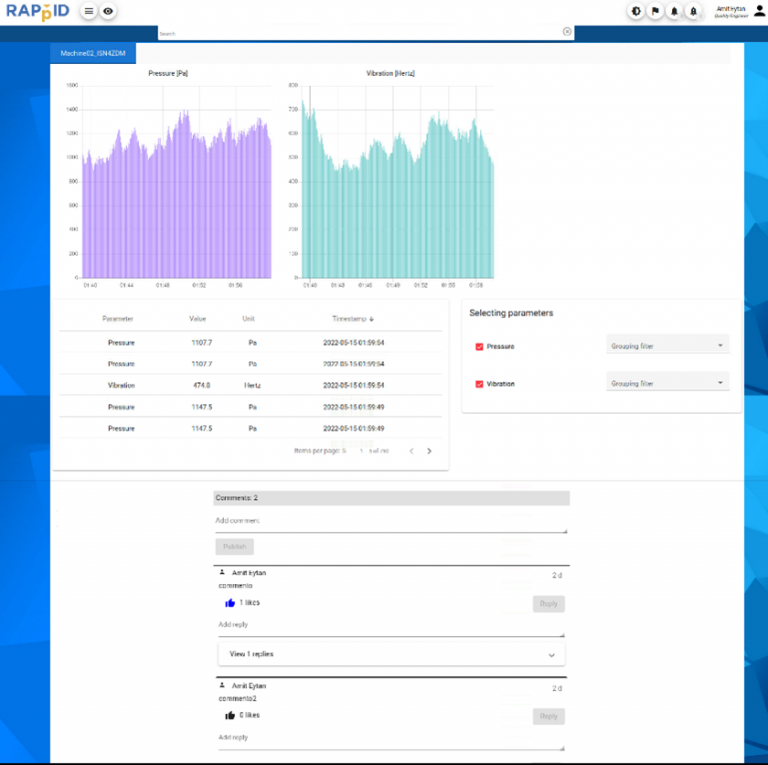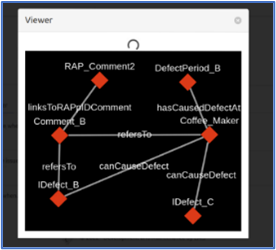Industrial Social Network for Zero Defect Manufacturing
Project Details and Motivation Zero Defect Manufacturing (ZDM) is intrinsically a multi-disciplinary approach. It requires parallel progress of different technological pillars, including sensor devices, quality









